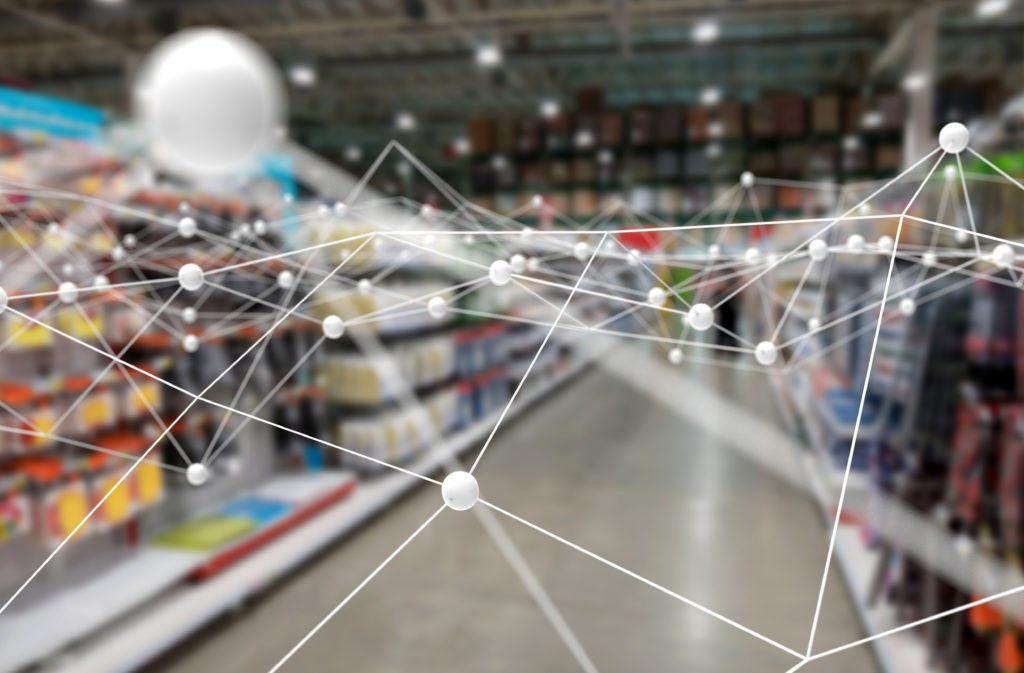by Mark Williamson, SVP Client Development at CitrusAd
The growth of retail media is accelerating with new entrants pouring in, and according to a report published by GroupM in September 2022, retail media advertising will increase 60% by 2027. COVID-19 accelerated the expansion of ecommerce in the grocery sector, meaning there are now many retail companies in the grocery space that are legitimate retail media players. Other retail sectors, including electronics and health & beauty, are also making headway in this area.
Retail media has proved effective both with retailers, who can use their first-party data while generating an additional revenue stream, and with advertisers to reach shoppers at the point of purchase. In the UK, the Internet Advertising Bureau (IAB) estimates spend on retail media grew by 26% in 2022 to more than £3.4bn. However, as new players enter the space, it is not without its challenges.
What challenges do existing and new players in the retail media space face?
Retail media is now a core function of big players such as Amazon, Sainsbury’s, Argos and Tesco. But that is not to say smaller retailers cannot compete for attention and media spend.
Every retailer has its own personality, yet the challenges are familiar – from integrating retail media with other parts of the business, such as operations and merchandising, to educating the wider organisation on retail media.
Retailers who want to embrace retail media as a core business function may be at a loss as to how to begin and stay competitive once they are more established. Of course, there’s no denying that Amazon dominates the retail media charge, commanding 37 per cent market share in the US. This is reflected in Europe, where Amazon is a dominant player.
But the industry giant must differentiate itself from competitors to ensure staying power and prepare for a future where growth slows. Its scale will make continued growth difficult – they are already looking at non-endemic brands since they have primarily exhausted endemic brands. Investing in ownable properties and platforms will facilitate Amazon’s continued growth by providing key ad placements for non-endemics.
Despite the presence of Amazon, many players are well on the way to expanding their position. Numerous retailers in Europe have expanded their propositions for advertisers even further. For example, Sainsbury’s, Tesco, Ocado, Argos and many other companies are now offering a range of propositions such as sponsored products, on and off-site display, and specific targeting, which have yielded positive results.
How small retailers can continue to grow their retail media proposition
So much is driven by the success of the big players in the retail media space. This is exciting as it shows that retail media is growing. But it’s not just the big boys; everyone has a chance to get involved in these developments. Any retailer with marketable owned assets can stake their claim in retail media. Many smaller retailers, including grocers and newer entrants from other verticals, such as health and beauty and speciality stores, may not necessarily have the relevant experience in retail media yet, but they can still compete. The key to a winning model lies in customer traffic and ad serving. Pure-plays have ample digital traffic, convenience stores have repeat traffic and impulse shopping, while grocers possess physical traffic and loyalty data. So regardless of size, any retailer can transform their owned assets into valuable and productive retail media solutions. There are retail media options for all shapes and sizes and opportunities to stand out, but they must have a compelling proposition and build the business case.
In addition, there needs to be integration. Typically, there is a lot of channel fragmentation within retail media programmes, with different vendors managing different touchpoints, making the landscape more difficult to navigate than needed. The channel fragmentation, delivery, and the measurement side has to be consolidated. Ensuring metrics can be applied consistently across retail partners is also vital to measuring growth.
The benefits of in-house capabilities
Times have changed, and fully outsourcing retail media is no longer a winning model for retailers with experience. A full-service model may still be the best option for retailers who are just getting started and lack expertise. However, it is important for businesses to be in the retail media game to drive growth and organisational change. The full potential is yet to be reached, and the power of data at scale can be strategically leveraged to solve more than sales goals. Retailers will continue to develop their own resources, talent and expertise internally.
Over time, more retailers and brands will be able to build retail media networks independently. We are moving away from the idea of a full-service retail media agency. But businesses need the right technology – expertise on making buying media on a retail platform seamless – and few have the scale to justify building their own platforms.
Retail media offers many opportunities. However, expectations need to be managed for businesses getting started, as much as it is an exciting space. There are only so many customers and so many site impressions. Setting defined goals, clear outcomes, channel focus, and what determines early success, are essential.







